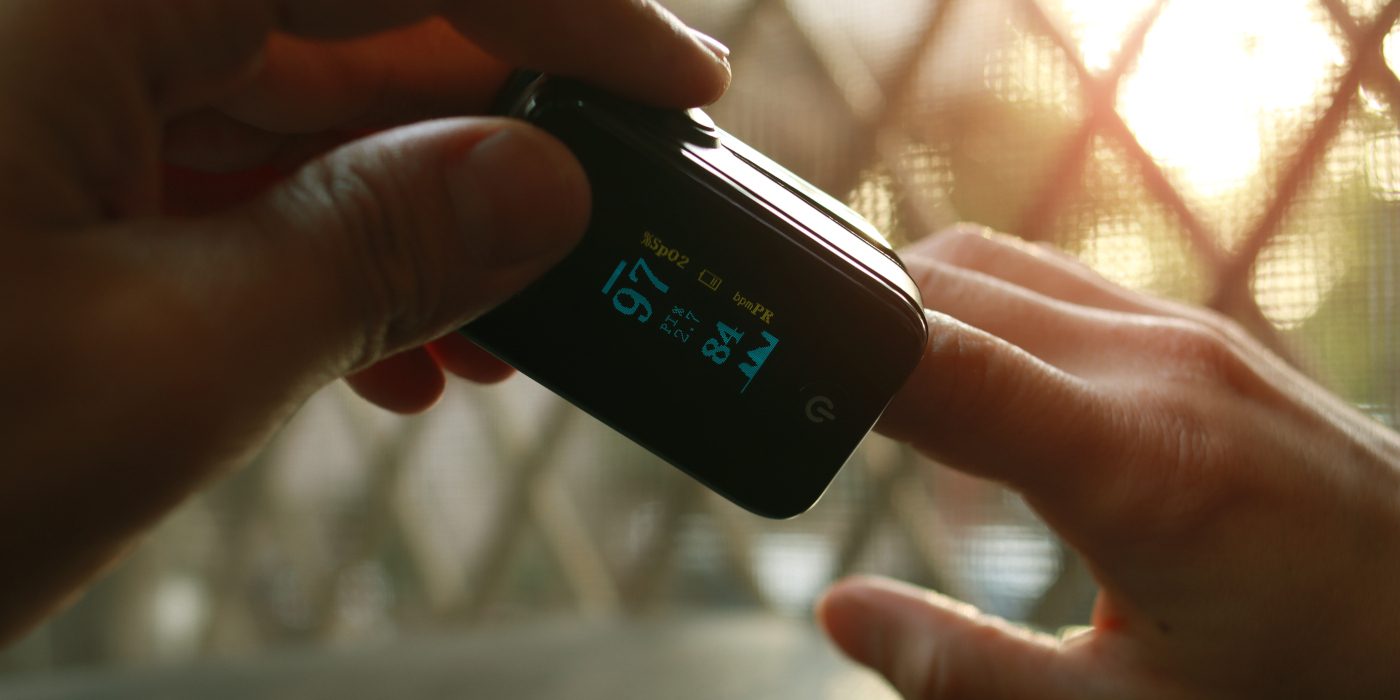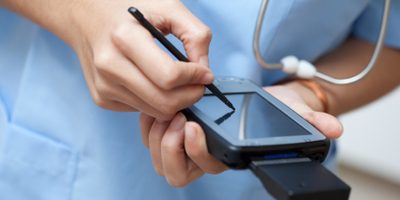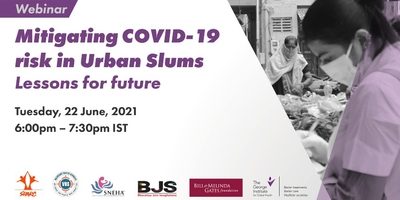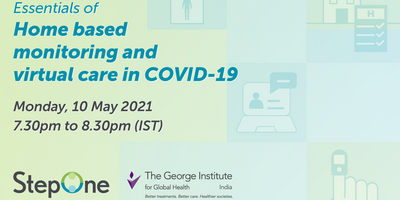
Home-based COVID care through teleconsultation services can prevent overcrowding in hospitals
NEW DELHI, MAY 10. Most people with COVID-19 can be cared for at home. Community health workers and general physicians can effectively monitor a patient's vital signs at home via in-person visits or through telemedicine consultations and help recognize the warning signs such as hypoxia. This can also help identify those at high risk of worsening or complications and reduce the burden on the fragile health care delivery ecosystem.
Providing oxygen therapy and pronation in the home care setting could avert the need for subsequent ventilation in many patients and help reduce the pressure on hospital bed capacity.
In recent weeks, many people with covid-19 related complications were running from pillar to post in search of hospital beds, ICUs and ventilators.
As hospital beds became scarce, most people resorted to setting up their own ICUs at home. “What most people don’t realize is that just oxygen cylinders and biomedical monitors don’t make an ICU, it is the clinical oversight and timely clinical decisions that influence outcomes”, said Dr Oommen John, an Internist and Senior Research Fellow at George Institute for Global Health India who serves as clinical volunteer at Project StepOne.
In order to support many citizens who were taking the help of telehealth helplines, the team at Project StepOne a volunteer led tele triage platform developed home based management protocols and trained more than 7000 empanelled doctors on remote management and virtual care oversight, added Dr John.
StepOne is already working with 18 State Governments providing tele triage for patients with symptoms of COVID-19 during the last one year and especially those who were at high risk were referred for hospital-based care. “Since April 2020 we were not able to refer as hospital beds are not available. It was at this juncture we decided to create “virtual COVID units” for patients at risk, such as people aged over 65 years or those under 65 with a chronic condition, and to monitor oxygen saturation through patients taking readings and our virtual care teams providing clinical oversight and guidance. If it starts dropping and particularly goes to 92%, then we advise them to seek admission to hospital.” said Raghavendra Prasad, founder of StepOne.
“Early recognition will be the success of interventions in the Community, and not the numbers of ventilators in hospital, that will save the most lives. This will be achieved through prevention and behaviour change like masks and vaccination and patient held self-monitoring with oximeters” said Dr Matt Inda-Kim, National Clinical Lead for COVID and the chief strategist behind the Oxymetry@home for National Health Services, England. "The point of this whole strategy is to try to get in early to prevent people getting that sick, by admitting patients at a more salvageable point in their illness."
Protecting patients and the healthcare system through self-monitoring with oximeters and tele healthcare services to spot early deterioration ensures that patients who are seriously ill are managed expediently. “We are excited at the opportunity to share our experience and co learn alongside Indian health care professionals during this unprecedented humanitarian crisis. We need to also be agile to adapt our techniques and technologies to resource limited contexts, in rural areas the access to pulse oximeters are likely to be limited, we hope to share our learnings on recognizing hypoxia where pulse oximeters are unavailable and we trust we can equip India’s frontline healthcare workers towards saving many lives said Professor Trish Greenhalgh, Professor of Primary Care Health Sciences, University of Oxford.




